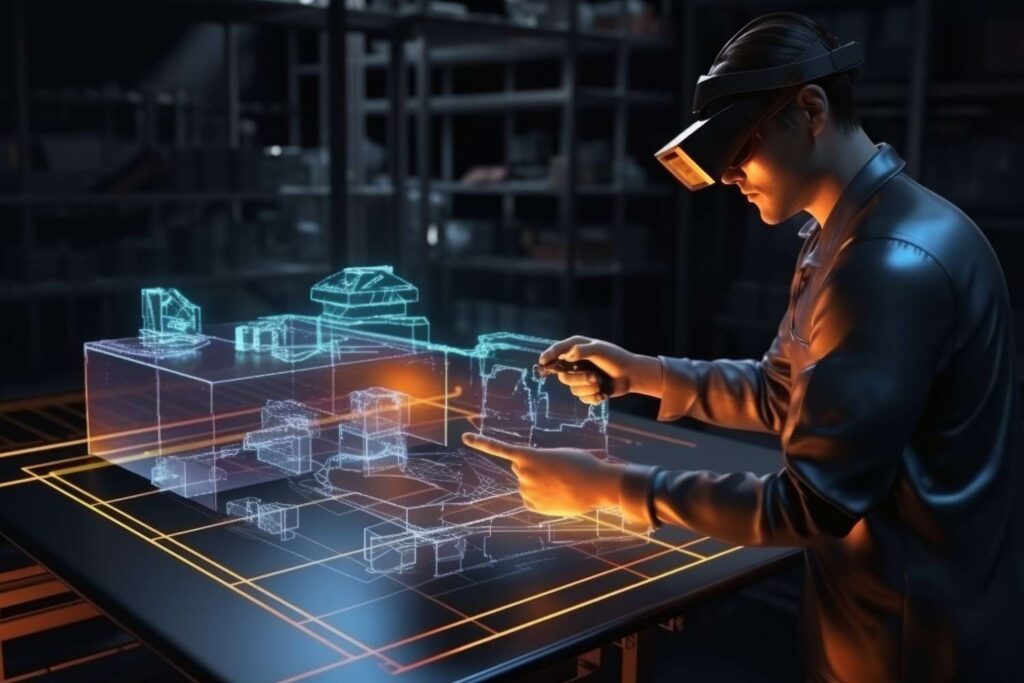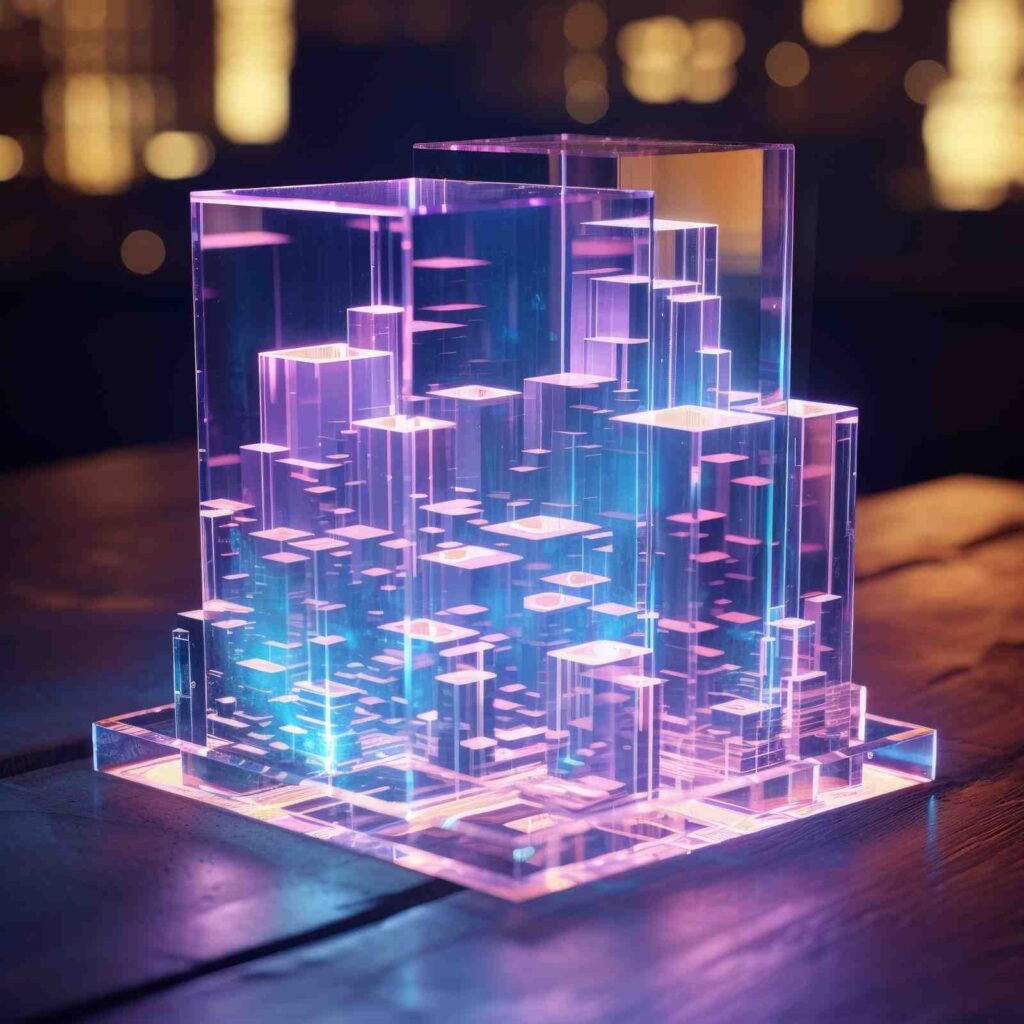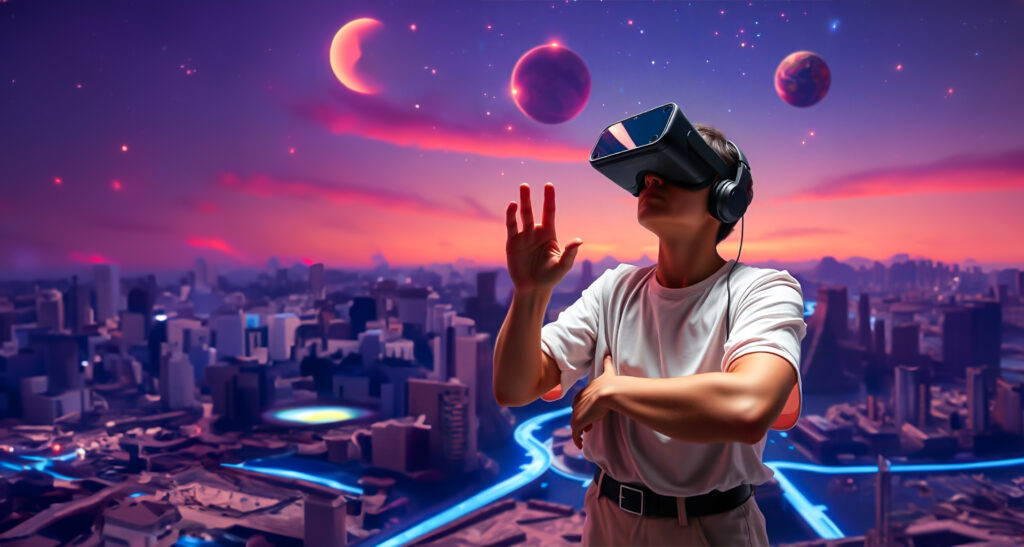OUTSOURCE CREATIVE SERVICES - OUTSOURCE CREATIVE WORKS-OUTSOURCING CREATIVE WORK - OUTSOURCE CREATIVE DESIGN -OUTSOURCE 2D ARTWORKS - 2D ART SERVICES - 2D ART OUTSOURCING -ART OUTSOURCING - OUTSOURCE ILLUSTRATION WORKS - OUTSOURCE ILLUSTRATION SERVICES - OUTSOURCE 3D MODELING - 3D MODEL OUTSOURCING- OUTSOURCING CAD WORKS- OUTSOURCE ARCHITECTURAL SERVICES -BIM - REVIT - 3D FLOOR PLAN - BIM OUTSOURCING SERVICES - MEP - REVIT MODELING - 3D FURNITURE MODELING - 3D ARCHITECTURE MODELING - AUGMENTED REALITY MODEL - VIRTUAL REALITY MODEL - 3D RENDERING - PRODUCT MODELING - 2D SERVICES - OUTSOURCE CREATIVE SERVICES -3D MODELING SERVICES - VFX
CAD vs. 3D Modeling: Understanding the Essential Differences 📐💻
In the modern digital design landscape, the terms Computer-Aided Design (CAD) and 3D Modeling are often used interchangeably, yet they represent distinct disciplines, tools, and objectives. While both result in a three-dimensional digital object, their underlying purpose, workflow, and final output destinations are fundamentally different. Understanding this distinction is crucial for businesses looking to outsource design work, whether for manufacturing, architecture, gaming, or visualization.

To simplify, CAD is focused on technical precision, functionality, and manufacturing intent, while 3D Modeling (often referred to as 'digital sculpting' or 'asset creation') is focused on visual aesthetics, storytelling, and artistic freedom. CAD builds a product to be made; 3D Modeling builds an asset to be seen.
1. Computer-Aided Design (CAD): The Blueprint for Reality
CAD stands for Computer-Aided Design or Computer-Aided Drafting. Its roots and primary focus are in the world of engineering, manufacturing, and architecture. The model created in CAD software is not just a visual representation; it is the precise digital blueprint for a functional, real-world object.

The CAD Philosophy: Precision and Functionality
The core mission of CAD is to design objects that can be manufactured, constructed, or assembled to exact specifications.
- Precision is Absolute: CAD systems are built on mathematical precision. Dimensions are not estimates; they are exact, often down to several decimal places (e.g., 10.534 mm). This is critical for ensuring components fit together perfectly in an assembly or that a building structure meets required tolerances.
- Design for Fabrication: The output of a CAD model is intrinsically linked to the production process. Models often contain data directly usable by Computer Numerical Control (CNC) machines, 3D printers, or manufacturing software (CAM—Computer-Aided Manufacturing).
- Parametric Modeling: A key feature of professional CAD software (like SolidWorks or Fusion 360) is parametric modeling. This means the model is defined not just by its shape, but by a set of parameters, dimensions, and constraints. If you change a parameter (e.g., increasing the diameter of a bolt hole), the software automatically updates all related features and dimensions, maintaining the design's integrity. This design history makes revisions and iterations systematic and robust.
- Data Structure: CAD models are typically defined using Solid Modeling or Boundary Representation (B-Rep), which contain comprehensive information about the object's volume, mass, and center of gravity, ensuring they are "watertight" and physically realistic.
Typical CAD Outputs and Industries
| Industry | Common Use Case | Output Examples |
| Manufacturing | Designing machinery, components, products, tools. | Technical Drawings, Bills of Material (BOM), Assembly Instructions, CNC Toolpaths. |
| Engineering | Structural analysis, mechanism design, fluid dynamics simulation. | Digital Prototypes, Finite Element Analysis (FEA) Data. |
| Architecture | Creating floor plans, building structures, and construction documents (often BIM). | 2D Blueprints, Detailed Sections, Construction Specifications. |
2. 3D Modeling: The Visual and Artistic Medium

3D Modeling, in its general sense, is a broader, more artistically focused category. While CAD is a type of 3D modeling, the general term typically refers to the creation of digital assets intended for visual presentation, media, and interactive entertainment.
The 3D Modeling Philosophy: Visuals and Aesthetics
The primary goal of general 3D modeling (using software like Blender, Maya, or 3ds Max) is to create a model that is visually compelling and aesthetically pleasing.
- Aesthetic Focus: The emphasis is on the visual look, texturing, lighting, and overall appearance. Accuracy is important for believability, but often, the model's structure is optimized for visual performance (e.g., in a video game engine) rather than real-world function or manufacturability.
- Organic and Flexible: The design process is generally more artistic and organic. Modelers might "sculpt" shapes like digital clay or manipulate vertices and polygons directly. This allows for the creation of complex organic forms (like characters, creatures, or natural landscapes) that would be extremely challenging in a parametric CAD system.
- Polygonal/Mesh Modeling: Most general 3D models are based on polygonal meshes. The object is a shell defined by a collection of vertices, edges, and faces (triangles or quadrilaterals). This data structure is highly flexible for complex shapes and is optimized for rendering and real-time visualization, but it lacks the intrinsic engineering data of a solid model.
- Non-Destructive Workflows: While artists often use non-destructive techniques, the core model typically does not retain the history of steps in a parametric manner, making large-scale dimensional changes less systematic than in CAD.
Typical 3D Modeling Outputs and Industries
| Industry | Common Use Case | Output Examples |
| Entertainment | Creating characters, environments, and props. | Game Assets, Animated Films, Visual Effects (VFX) Elements. |
| Marketing | Product visualization, virtual photography, and interactive product tours. | Photorealistic Renders, 360-degree Views, Virtual Reality (VR) Experiences. |
| Art/Design | Creating complex, non-functional artistic sculptures or prototypes for aesthetics. | Digital Sculptures, Concept Art, Artistic 3D Prints. |
3. The Key Differences Summarized
To clearly delineate the two, consider the following points:
| Feature | CAD (Computer-Aided Design) | General 3D Modeling |
| Primary Goal | Functionality, precision, manufacturability. | Visual aesthetics, realism, animation. |
| Core Industries | Engineering, Manufacturing, Architecture (AEC), Product Design. | Film, Gaming, Marketing, Visual Arts. |
| Precision | Absolute. Based on exact, measurable dimensions and constraints. | Relative. Focused on visual believability and scale. |
| Modeling Method | Parametric (Feature-based and history-driven). | Polygonal/Mesh (Sculpting, direct vertex manipulation). |
| Data Structure | Solid/B-Rep (Contains volume, mass, material data). | Mesh (A surface shell, optimized for rendering). |
| Typical Output | Technical Drawings, FEA Data, CNC Files, BOM. | Photorealistic Renders, Game Assets, Animated Sequences. |
| Key Software | SolidWorks, AutoCAD, CATIA, Creo, Revit. | Blender, Maya, 3ds Max, ZBrush, SketchUp. |
4. Where the Line Blurs: Synergy and Convergence
It is important to note that the distinction is not always a hard, unyielding line. Modern workflows often involve the synergistic use of both.
A product might begin with CAD to ensure mechanical integrity, followed by exporting a simplified version to a 3D modeling program. In the 3D modeling software, the object is given high-quality textures, sophisticated lighting, and photorealistic rendering to create marketing images or an animated commercial.
Furthermore, some software, like Autodesk Fusion 360, successfully integrates both parametric CAD tools (for precision engineering) and T-spline/sculpting tools (for organic, aesthetic design) into a single environment, reflecting the ongoing convergence of functionality.
Industry Applications: Where Each Discipline Reigns
The choice between CAD and 3D Modeling is dictated by the industry and the project's final deliverable.
Where CAD is Essential
- Manufacturing and Product Design: Designing mechanical parts, tooling, consumer electronics, and machinery. The CAD file ensures that the physical object works and fits together with precise tolerances.
- Architecture, Engineering, and Construction (AEC): Using CAD and its advanced form, Building Information Modeling (BIM), to design buildings, infrastructure, and utility systems. It provides the legal, technical specifications for construction.
- Industrial Design (Final Phase): While early concepts may use 3D modeling, the final design for manufacturing must be translated into CAD to ensure mold-making, material volume, and stress analysis are accurate.
Where 3D Modeling is Essential
- Video Games and Interactive Media: Creating characters, props, vehicles, and environments optimized for real-time rendering on game engines (like Unity or Unreal Engine). Polygonal count and UVs are critical for performance.
- Film, Animation, and VFX: Creating high-fidelity, complex scenes, characters, and visual effects where extreme visual detail and organic shapes are needed, regardless of physical manufacturability.
- Marketing and Visualization: Generating photorealistic product renders (instead of actual photographs) or architectural walkthroughs for sales and marketing purposes. The goal is visual communication and appeal.
Conclusion: Choosing the Right Tool
When a company seeks to outsource, the question shouldn't be "Do I need 3D?" but rather, "Do I need to manufacture it, or do I need to visualize it?"
If the final deliverable is a set of blueprints for a factory, a tolerance analysis for an assembly, or a design that must pass structural inspection, the answer is CAD. If the final deliverable is a stunning character for a trailer, a game-ready asset that performs smoothly in real-time, or a photorealistic image for an advertisement, the answer is 3D Modeling.
The distinction is clear: CAD is the language of engineering and construction; 3D Modeling is the language of media and entertainment. Outsourcing partners that excel today are the ones who understand how to expertly handle both disciplines, often facilitating the vital data bridge between the two to deliver projects that are both functionally sound and visually spectacular.
Visit
Fore more details contact us : https://www.outsource3dmodeling.com/
OUTSOURCE CREATIVE SERVICES - OUTSOURCE CREATIVE WORKS-OUTSOURCING CREATIVE WORK - OUTSOURCE CREATIVE DESIGN -OUTSOURCE 2D ARTWORKS - 2D ART SERVICES - 2D ART OUTSOURCING -ART OUTSOURCING - OUTSOURCE ILLUSTRATION WORKS - OUTSOURCE ILLUSTRATION SERVICES - OUTSOURCE 3D MODELING - 3D MODEL OUTSOURCING- OUTSOURCING CAD WORKS-OUTSOURCE ARCHITECTURAL SERVICES -BIM - REVIT - 3D FLOOR PLAN - BIM OUTSOURCING SERVICES - MEP - REVIT MODELING - 3D FURNITURE MODELING - 3D ARCHITECTURE MODELING - AUGMENTED REALITY MODEL - VIRTUAL REALITY MODEL - 3D RENDERING -PRODUCT MODELING - 2D SERVICES - OUTSOURCE CREATIVE SERVICES -3D MODELING SERVICES - VFX
Simple Q&A's on CAD vs. 3D Modeling
Q1: What is the main purpose of CAD?
A: The main purpose of CAD (Computer-Aided Design) is engineering and manufacturing. It creates precise, dimensionally accurate models and technical drawings for physical fabrication, assembly, or construction.
Q2: What is the main purpose of 3D Modeling?
A: The main purpose of 3D Modeling (often called digital sculpting or asset creation) is visual aesthetics and representation. It creates digital assets optimized for rendering, animation, video games, or visual effects.
Q3: What is the key difference in how CAD and 3D Modeling build geometry?
A: CAD uses parametric, solid geometry (B-Rep) based on mathematical equations (NURBS), meaning the model is a watertight, defined volume. 3D Modeling uses polygonal mesh geometry (hollow shells) made of connected triangles or quads, optimized for surface visualization.
Q4: Which software would an architect use to create precise building plans?
A: An architect would primarily use CAD or BIM (Building Information Modeling) software like AutoCAD or Revit, as these tools are designed for structural precision and generating official construction documentation.
Q5: What is the most critical factor for a 3D model used in a video game?
A: The most critical factor is poly count optimization and a clean UV layout (for texturing), ensuring the model loads and renders quickly in the real-time game engine.
Q6: If I need to send a file to a 3D printing service for an engineering part, should I use a CAD or 3D Modeling file format?
A: You should use a CAD file format (like STEP or IGES) or a clean polygonal format (like STL, which originated from CAD) that guarantees a watertight, solid volume and dimensional accuracy for the manufacturing process.

No comments:
Post a Comment